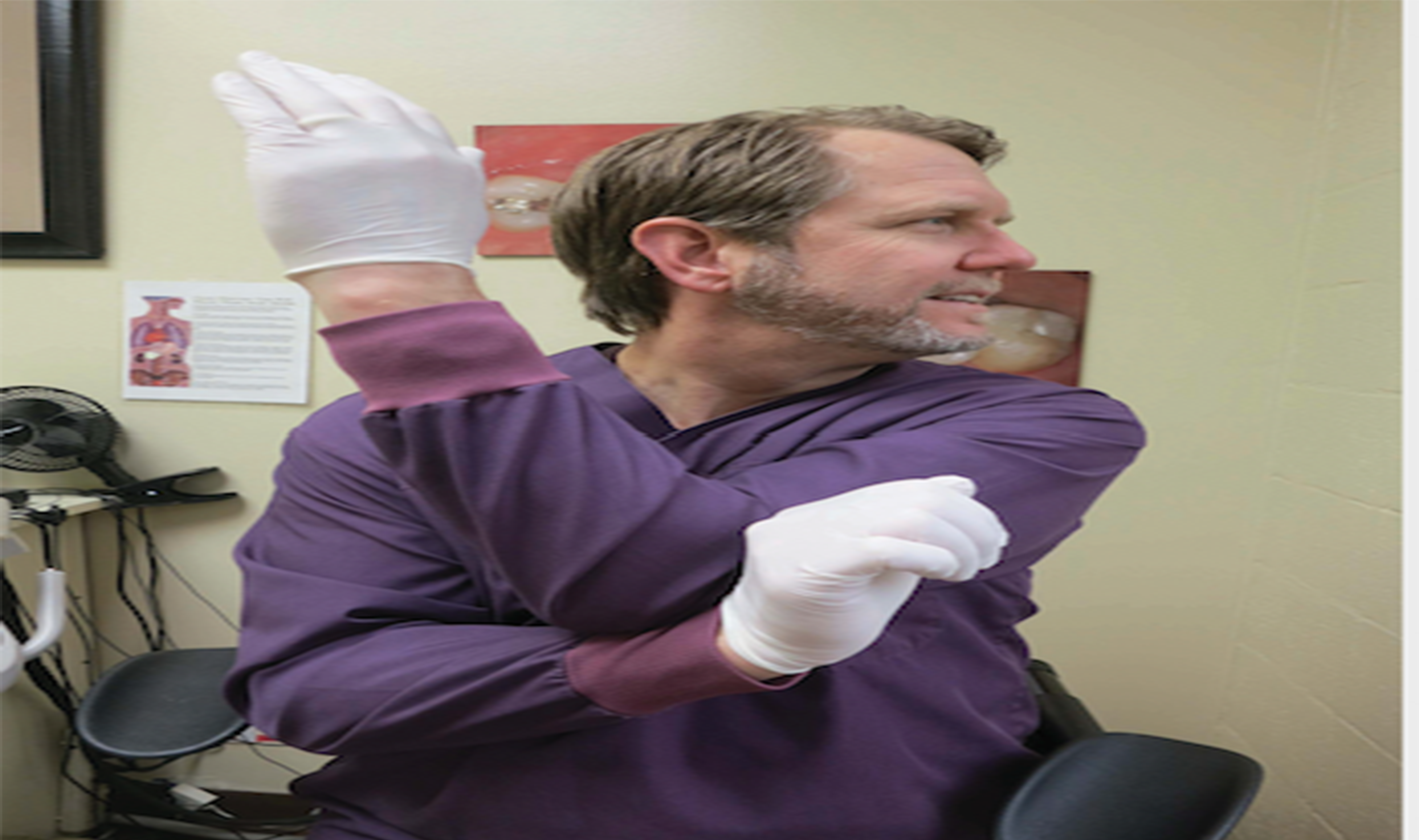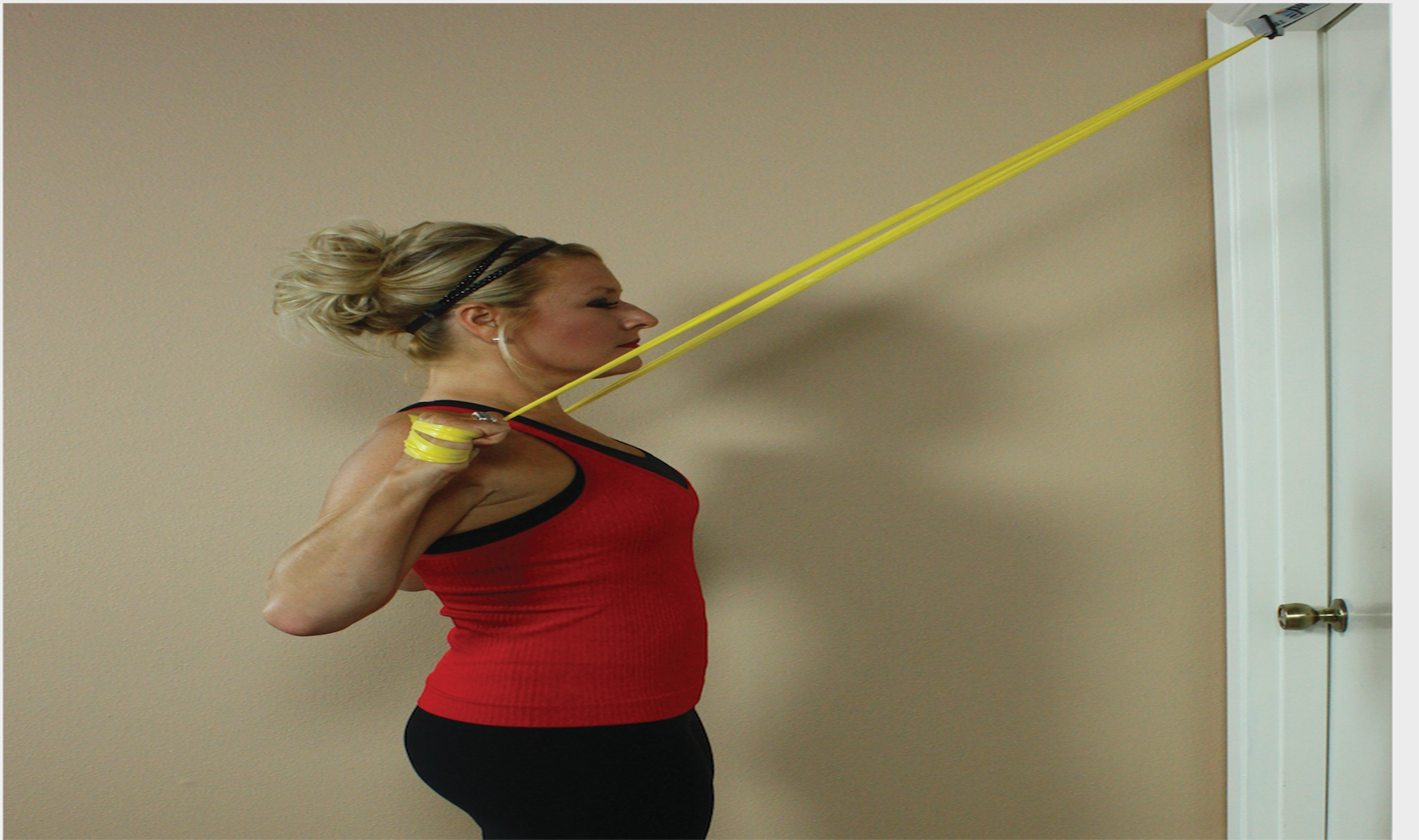Aerobic, stretching or strengthening: Which is the best exercise for dentists?
All three types of exercise offer important benefits for dentists. Learn how to incorporate all of them in only 30 minutes per day. Dear Bethany: As a full-time dentist, I have constraints on my available time to exercise. Where should I put my emphasis in my exercise routine? Should I focus more on aerobic exercise, stretching or strengthening?

Dear Bethany:As a full-time dentist, I have constraints on my available time to exercise. Where should I put my emphasis in my exercise routine? Should I focus more on aerobic exercise, stretching or strengthening?
Dear Doctor: This is an excellent question! All three types of exercise offer different and important benefits for dentists’ health. However, as you know, time can be a daunting factor! Keep in mind because dentists are prone to unique muscle imbalances, the specific exercises you choose can either worsen or improve your health. It’s possible to target all three areas (aerobic, strength and flexibility) in less than 30 minutes a day if you implement the correct exercises.
Here’s one example of a time-efficient regimen that incorporates beneficial types of exercises for dentists.
AEROBIC EXERCISE

- Frequency: 3-4 times per week
- Length: 30 minutes
- Type: Nordic walking, elliptical trainer, brisk walking, running or rowing
WHY? Aerobically fit bodies are more efficient at healing the microtrauma that occurs day to day in the dental operatory. Up to age 50, over half of your exercise program should consist of aerobic exercise.
The ideal aerobic exercises for dental professionals are those that keep the body symmetrical and don’t allow worsening of existing imbalances. Exercises that require hunching forward or repeatedly twisting in one direction can easily have a negative impact on musculoskeletal health. In addition, cardiovascular exercise for team members should aerobically exercise your upper trapezius muscles.
Related reading: Answering the question of dental chair armrests
Nordic walking with poles is one of my favorite exercises for dentists, as it prevents dysfunctional muscle compensation while providing a wonderful aerobic workout for two muscles prone to developing trigger points: the upper trapezius and iliopsoas (hip flexor) muscles.
Alternate options are the elliptical machine, brisk walking while swinging the arms, or (for an outdoor cold-weather workout) consider cross country skiing!
STRETCHING

- Frequency: Every 45-60 minutes in the operatory
- Length: Hold stretch for 2-4 breath cycles. Repeat.
- Type: Specific stretchesthat correct dentists’ muscle imbalances
WHY? Stretching is the only intervention that addresses all four of the microtrauma resulting from prolonged, static postures in the operatory: muscle imbalances, muscle ischemia, disc degeneration and trigger points.
During the workday, it’s imperative to incorporate chairside stretching into your work schedule. Try to perform a chairside stretch at least once an hour during naturally occurring pauses in your work schedule. This is especially important for men who tend to be less flexible.
You should be performing stretches that directly address your muscle imbalances as well as performing them primarily toward the tightest side during the workday. Stretches should also be performed outside the operatory in both directions and are easily done while watching TV, in the shower, during a golf game, etc.
MUSCULAR ENDURANCE TRAINING

- Frequency: 2-3 times per week
- Length: 30-minutecustomized exercise routine
- Type: Specific muscular endurance exercises
WHY? Dental professionals are prone to painful muscle imbalances, which can be worsened by generic exercise programs. To prevent imbalances, you should target specific, key stabilizer muscles of the shoulder girdle and trunk.
Specific muscular endurance training exercises have been shown to be more effective than heavy weight training in preventing pain in dentists. Because you lose muscle mass as you age, muscular endurance training should comprise 40 percent or more of your exercise regimen after age 50.
Understanding the unique imbalances to which you’re prone will help greatly in selecting the proper exercises. One of the most common mistakes dentists make is hiring a personal trainer (most have a high school education in the U.S.) who gives them generic exercises that worsen their muscle imbalances and can cause pain.
Watch Dr. Valachi’s video, “Why Dentists Require Specific Exercise.”For a free white paper, “14 Exercises That Can Worsen the Health of Dentists,” email: info@posturedontics.com.
